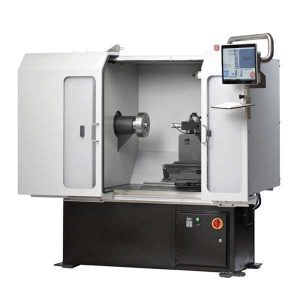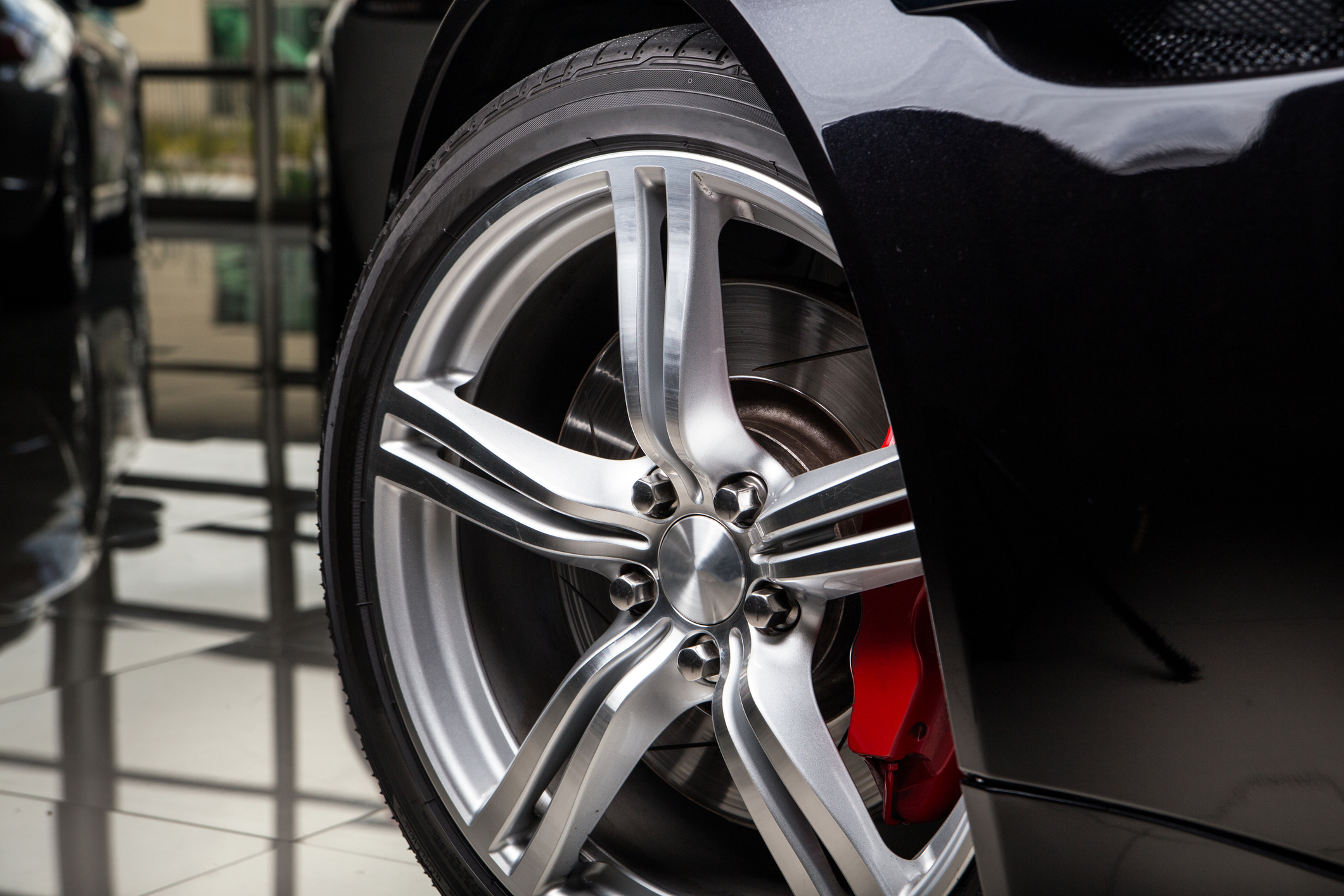Guide to Diamond Cut Alloys
Wheels on a modern vehicle can come in a wide range of sizes and are now more intricately designed than ever before. Often an eighteen-inch diameter is the new normal, and manufacturers increasingly offer options relating to colour and finish, specifically for wheels.
What is a Diamond Cut Alloy?
One of the most popular finishes offered at the moment, particularly from manufacturers such as BMW and Audi, is the diamond cut. This is becoming increasingly popular with a wider range of manufacturers including Nissan and Ford.
A diamond-cut effect is created by taking a wheel that has first been painted and then placing it on a specialist lathe. The lathe then cuts away a layer of the wheel and exposes the bare alloy underneath. From there the wheel is lacquered to prevent corrosion before being fitted.
Benefits of Diamond Cut Alloy Wheels
Diamond cut wheels retain all the benefits of regular painted alloy wheels, such as reduced weight when compared to steel wheels, helping to provide better fuel economy and a better response time when driving. They are also typically more robust than steel as they are manufactured by forging or casting, making them more resistant to cracks and buckles that could be caused by the road surface.
In general, alloy wheels can also help cool braking systems more efficiently as they allow more air to pass over the face of the brake disc and the calliper than steel wheels.
Care And Maintenance
All wheels will take damage throughout their lifespan and diamond-cut alloys are no different. As well as regular kerb marks they can be susceptible to water damage once the lacquer has been compromised. Because of this, you may find that on occasion they will need to be refurbished.
Refurbishment Options
What is Required to Refurbish Diamond Cut Alloys?
This is a specialist task that requires specialist equipment, namely a diamond cut lathe. Where traditional painted alloy wheels can be sanded back, filled with an item like chemical metal, rubbed down and repainted, or powder-coated, diamond cut wheels require a much more specific finish. The wheel must be placed in the specialist lathe and turned down. This process involves the removal of more material from the wheel to expose an undamaged surface.

CNC Diamond Cutting Lathes
While it is possible to do this manually, most modern lathes are Computer Numerically Controlled (CNC). A CNC lathe will save vast amounts of time as it can scan the wheel and then skim the surface down in increments, achieving a perfectly even finish. Because the material is removed during the refurbishing process, diamond-cut wheels can only be repaired one to two times (as a general rule). Beyond that, there will not be enough material left on the wheel to allow for more cutting. Once the wheel has been turned down, the exposed metal must then be lacquered and cured to prevent oxidation or other damage.
How Long is the Refurbishment Process?
With the right lathe and curing equipment, the turnaround time for wheel refurbishment can be drastically reduced. Traditionally this can take up to a week but with modern equipment and techniques, it is possible to repair wheels on a same-day basis.
Contact Us
Here at Tema, we provide a range of wheel related equipment, including a series of wheel lathes. Should you have any related queries, visit our contact page or call us today on 07447 808200.

